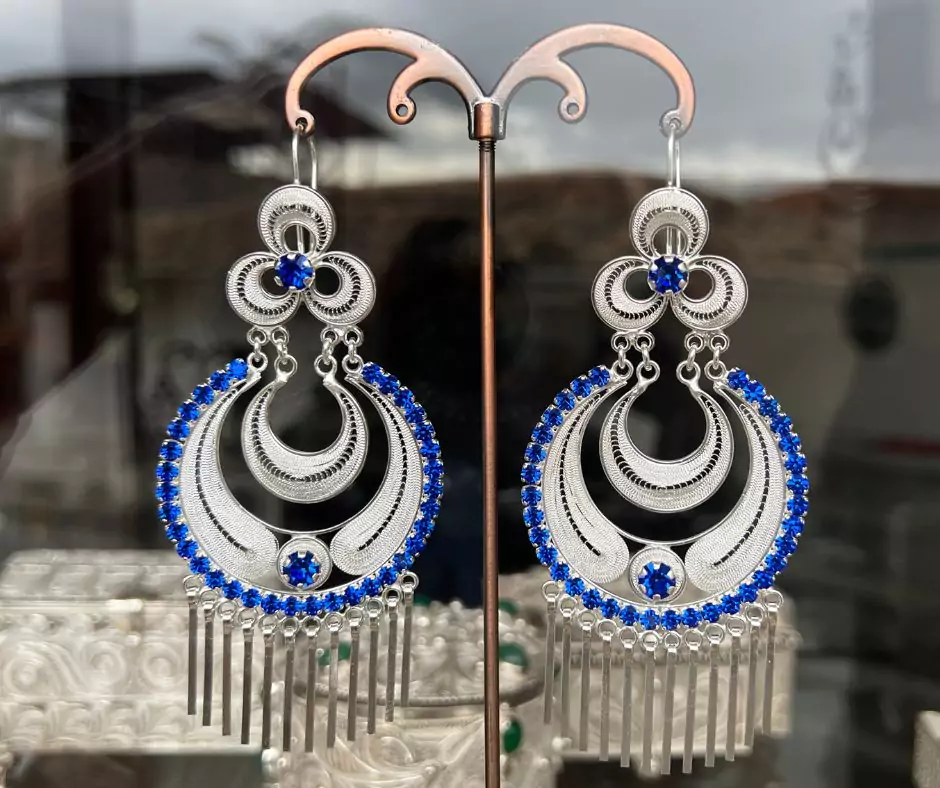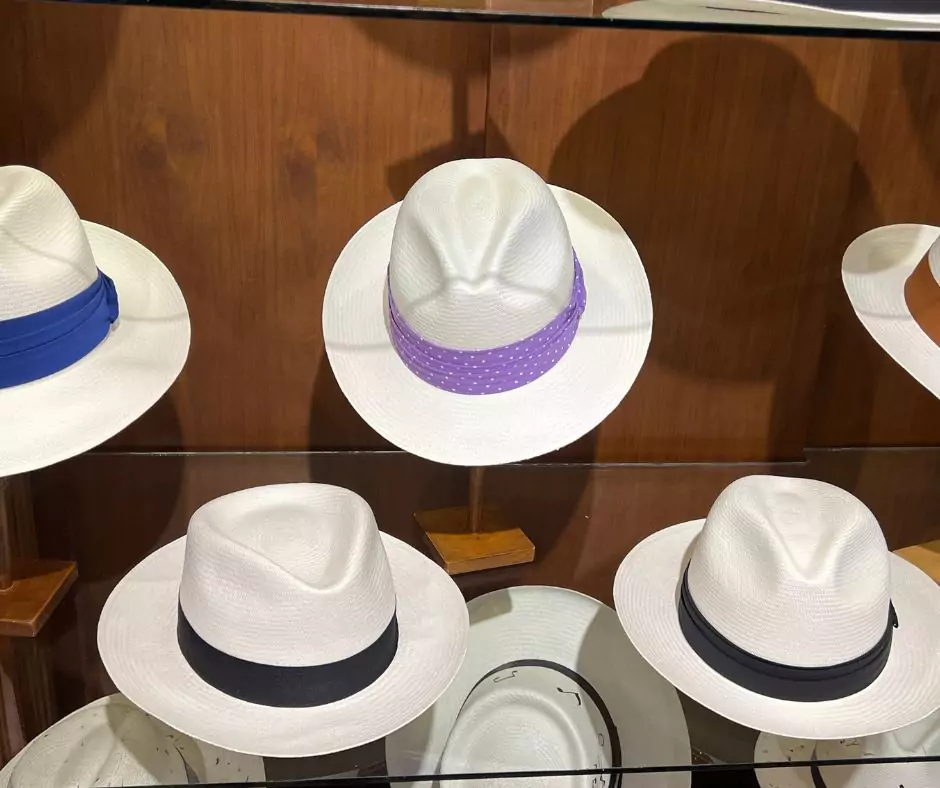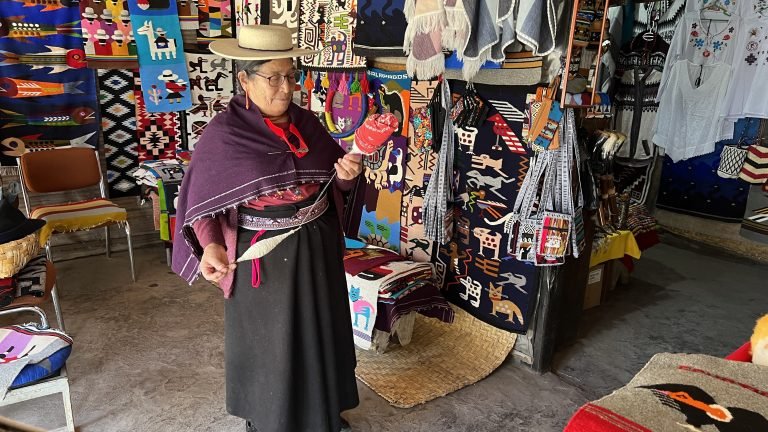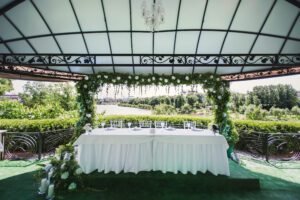Beyond Ecuador’s stunning landscapes thrives a rich cultural legacy – the Kichwa people of Otavalo. For generations, they have preserved their language, crafts, and traditions despite centuries of change.
Walk through the bustling Plaza de los Ponchos, and you’ll hear the sounds of Andean flutes, see master weavers at work, and witness a culture that refuses to fade.
This guide takes you into the heart of Ecuador’s largest indigenous group, the Kichwa, exploring their history, craftsmanship, and enduring traditions.
Table of Contents
The History of Otavalo’s Kichwa People
Long before the Inca Empire expanded northward in the late 15th century, indigenous groups such as the Otavalos, Cañari, Quitu, and Puruhaes thrived in Ecuador’s highlands. When the Incas arrived around 1463 CE, they introduced Kichwa (Quechua) as a common language to unify their vast empire.
However, Spanish colonization in the 16th century drastically altered the region’s cultural dynamics. Spanish settlers intermarried with indigenous groups, leading to the mestizo majority that exists today.
Despite centuries of external influence, the Kichwa people of Otavalo Ecuador have fiercely preserved their identity, language, and craftsmanship, making their town a global hub for indigenous culture and artistry.
Kichwa Artisans: Preserving Culture Through Craft
Otavalo Ecuador is home to Plaza de los Ponchos, the largest indigenous market in South America. Here, Kichwa artisans sell handwoven textiles, intricate beadwork, musical instruments, and traditional clothing, all crafted using techniques passed down for generations.
📌 Did You Know?
- The Otavalo Market has existed for over 400 years!
- Some Kichwa weavers take weeks to complete a single poncho!
- The Kichwa language has over 10 dialects spoken in Ecuador alone!
1. Traditional Weaving & Textiles
Kichwa women are expert weavers, using backstrap and pedal looms to create vibrant textiles featuring geometric patterns, Andean symbols, and nature motifs.

- Materials Used: Wool, alpaca, cotton
- Popular Items: Ponchos, blankets, scarves, table runners
- Dyeing Methods: Natural dyes from plants and minerals
2. Jewelry & Beadwork

Jewelry-making is an ancient tradition among the Kichwa, with artisans crafting intricate pieces from seeds, stones, beads, and precious metals.

Their designs often feature pre-Columbian symbols, reflecting spiritual and cultural identity.
3. Andean Musical Instruments

Music is a core part of Kichwa culture, with artisans producing traditional instruments such as:
- Panpipes (zamponas)
- Flutes & charangos (stringed instruments)
- Handmade drums for indigenous celebrations

4. Wool Hats & Handwoven Baskets

Traditional Kichwa wool hats and handwoven baskets are essential items that reflect centuries-old techniques.

These products are both functional and symbolic, showcasing the deep cultural roots of the Otavalo Kichwa.
Where Do the Kichwa of Ecuador Live?
The Kichwa people are spread across different provinces, each with distinct traditions and ways of life:
| Kichwa Region in Ecuador | Province | Notable Feature |
|---|---|---|
| Otavalo | Imbabura | Largest artisan market in South America |
| Saraguro | Loja | Distinctive dress & strong cultural identity |
| Chimborazo & Tungurahua | Central Highlands | Traditional weaving and crafts |
| Tena & Pastaza | Amazon Rainforest | Kichwa communities adapted to jungle life |
These communities remain deeply connected to their land, spirituality, and crafts, making them crucial to Ecuador’s cultural identity.
Kichwa Identity & The Role of Cultural Guardians
The Kichwa of Otavalo are not just artisans, they are safekeepers of Ecuadorian heritage. Their crafts represent a living history that connects the past to the present.
“Neighbors have been living here for six generations. Some of them are the safekeepers of our cultures and traditions.” — Sebastian Vergara, cultural entrepreneur
The Kichwa continue to thrive by blending their ancestral traditions with modern opportunities, ensuring that their crafts, language, and customs remain alive for future generations.
How Travelers Can Support Kichwa Artisans
Want to make a real impact while visiting Otavalo Ecuador? Here’s how you can help sustain Kichwa artisans and their traditions:
1. Buy Directly From Artisans
Purchasing handmade textiles, jewelry, and musical instruments directly from artisans ensures they receive fair pay.
2. Stay in Kichwa-Owned Lodges
Support indigenous-run accommodations that reinvest in local communities.
3. Join a Hands-On Workshop
Participate in a weaving, jewelry-making, or music workshop to learn directly from Kichwa artisans.
4. Learn & Respect Indigenous Culture
Take time to learn basic Kichwa phrases and understand cultural traditions before visiting.
FAQs About Otavalo’s Kichwa Community
Why is Otavalo’s artisan market so famous?
Plaza de los Ponchos is the largest indigenous market in South America, known for its handwoven textiles, jewelry, and Andean crafts.
How can I experience Kichwa culture authentically?
You can experience Kichwa culture authentically by joining a weaving or music workshop with local artisans, staying in a Kichwa-run lodge, visiting indigenous communities beyond Otavalo, or booking an interactive cultural tour with Art Experiences Travel for hands-on learning with Kichwa guides.
What are the best souvenirs from Otavalo?
Some of the best souvenirs from Otavalo include handwoven ponchos and blankets, beaded jewelry and silverwork, and panpipes and traditional Andean instruments.
How are Kichwa artisans preserving their culture?
Through crafts, storytelling, and language, Kichwa artisans ensure that their traditions remain alive in modern Ecuador.
Final Thoughts
The Kichwa of Otavalo are more than artisans; they are keepers of Ecuador’s indigenous heritage. Their art, music, and traditions reflect centuries of resilience and cultural pride. Despite outside influences, they continue to thrive, passing down ancestral knowledge through every woven textile, piece of jewelry, and handcrafted instrument.
Connecting with Kichwa artisans goes beyond tourism, it builds a bridge between travelers and a living culture. Every visit helps sustain a way of life deeply rooted in Ecuador’s identity.
Visiting Otavalo Ecuador soon? Take the time to meet the artisans, hear their stories, and bring home something truly meaningful. Every purchase and interaction helps keep their traditions alive.
What was the most memorable cultural experience from your travels? Share in the comments!
Stay Connected Anywhere with Saily eSIM
Traveling soon? Skip the hassle of buying local SIM cards and enjoy instant connectivity with Saily eSIM.
With Saily, you can:
- Activate mobile data in minutes—no physical SIM needed.
- Choose affordable plans in over 150 countries.
- Keep your WhatsApp, contacts, and number without switching.

Whether you’re exploring cities or remote getaways, Saily makes staying online easy and affordable.
Get your Saily eSIM now and travel worry-free.
More Ecuador Travel Guide and Tips
Best Time to Visit Quito, Ecuador: A Detailed Guide
Ecuador Roses: A Traveler’s Guide to Unique Experiences
5 Reasons Why Horseback Riding in Ecuador is a Must-Do
In Search of the True Equator Line in Ecuador
5 Best Hotels in Quito Ecuador
5 Lessons Travelers Can Learn from Aya Huma in Ecuador
How Microentrepreneurship Empowers Ecuador’s Culture Bearers


































